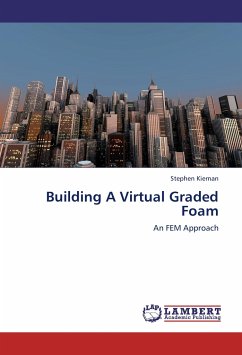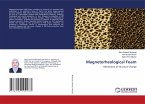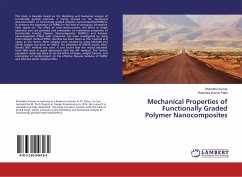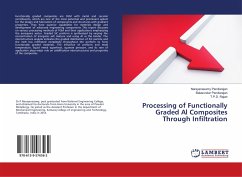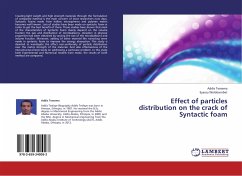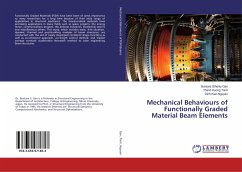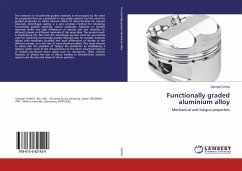Foams are low density solids widely used as cushioning structures, due to their ability to undergo large amounts of plastic crushing at fairly constant stress levels. Since the mid-1980s, interest in functionally graded materials (FGMs) has grown steadily. FGMs are typically composed of two base materials (traditionally metal and ceramic) in which the composition of the FGM varies spatially and gradually from one base material to the other. More recently, functionally graded foam materials (FGFMs) have become a popular topic of research. FGFMs differ from FGMs in that they vary in density rather than base material. Using the FE method, his book investigates what influence such a variation in density, introduced into a homogeneous foam, will have on typical mechanical properties such as peak stress and absorbed energy levels. This book will be useful to under- and postgraduate students who want to learn more about the experimental characterization of low density materials and the finite element modelling of FGFMs.

